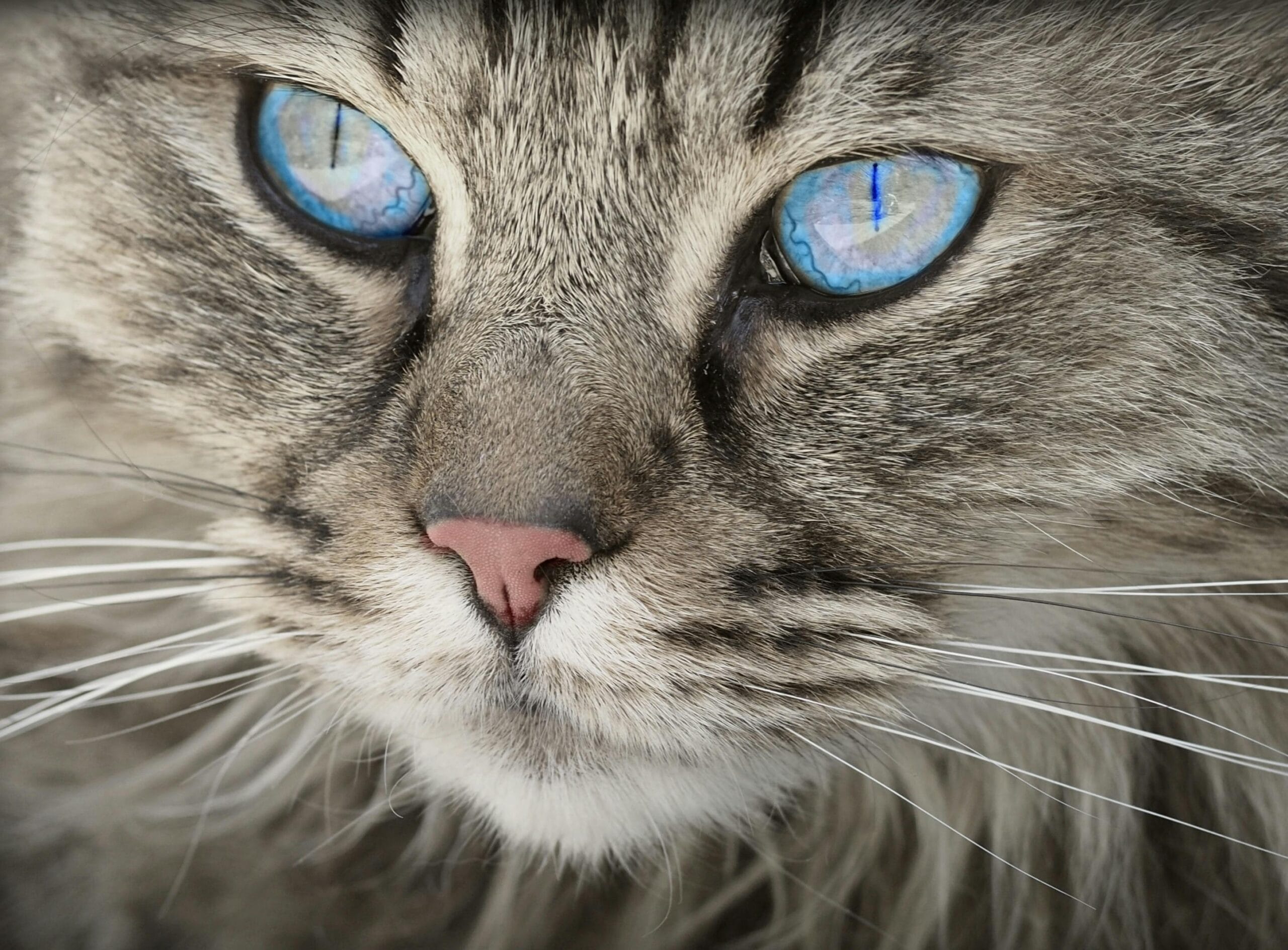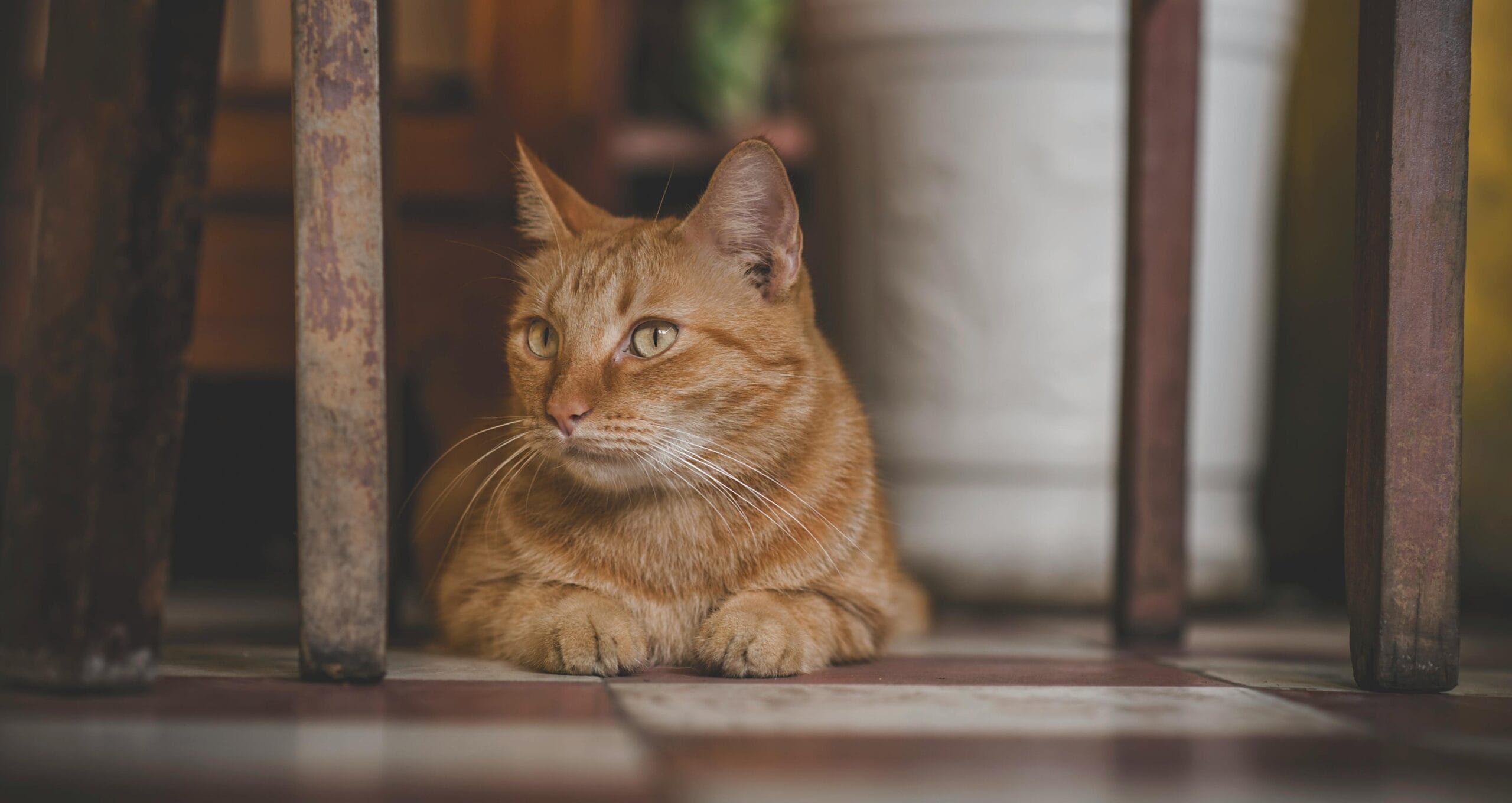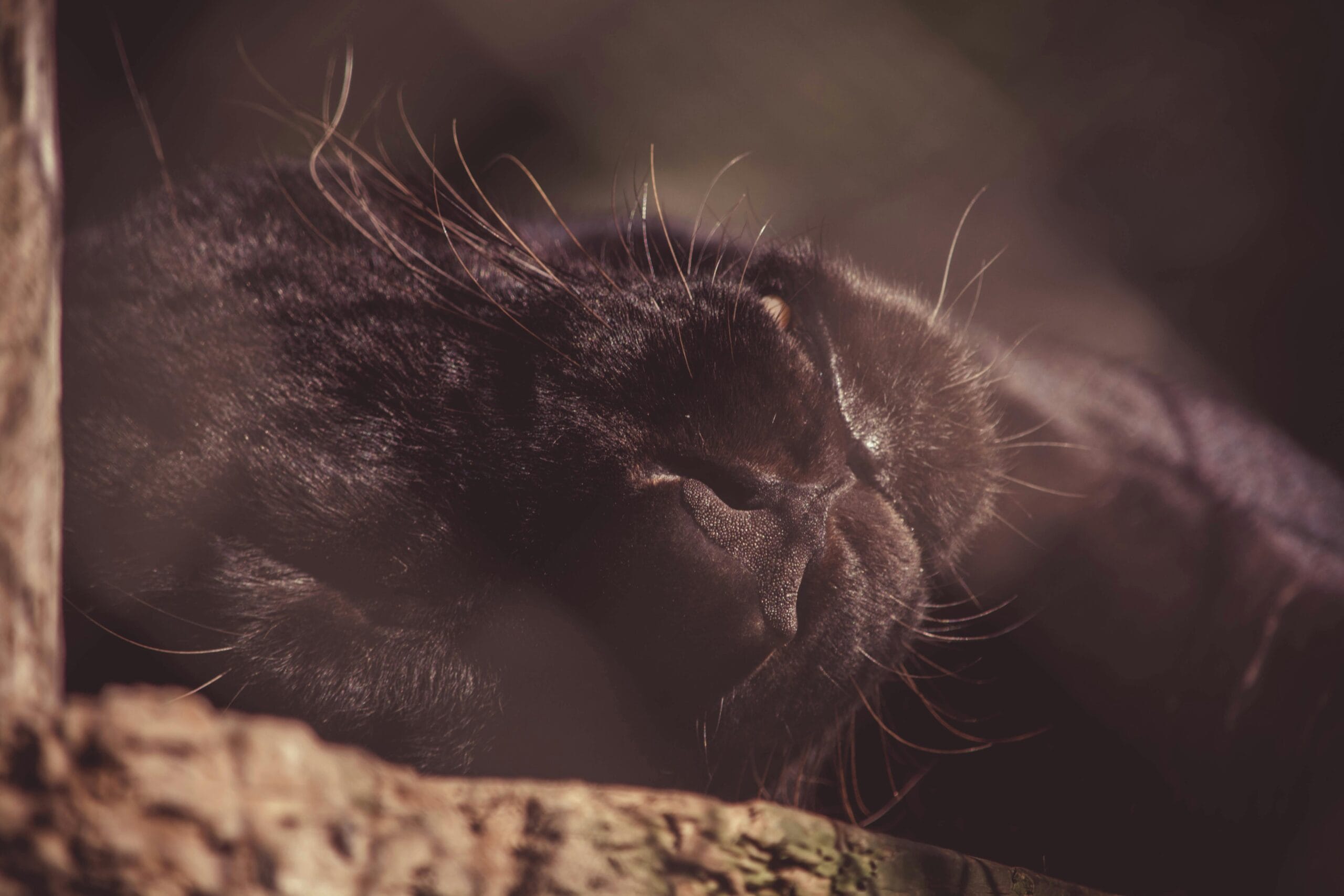Does A Cat Have Opposable Thumbs ?

Does A Cat Have Opposable Thumbs? Uncover the truth about cat thumbs! Learn about opposable thumbs in cats and the unique anatomy of feline paws. Discover surprising facts!
Does A Cat Have Opposable Thumbs? Unraveling the Mystery of Cat Thumbs
The question, “Does a cat have opposable thumbs?” might seem simple, but the answer is more nuanced than a simple yes or no. While cats don’t possess opposable thumbs in the same way humans do, they do have a fascinating adaptation that often gets mistaken for a rudimentary thumb. This article will delve into the anatomy of feline paws, explore the function of their “cat thumbs” and clarify the differences between true opposable thumbs and the structures found in cats. We’ll address the question of opposable thumbs in cats comprehensively.
Understanding Opposable Thumbs: A Human Perspective
Before we examine feline anatomy, let’s define what constitutes a true opposable thumb. In humans and other primates, an opposable thumb is a digit that can be positioned opposite the other fingers, allowing for precise grasping and manipulation of objects. This unique dexterity is crucial for tasks requiring fine motor skills, from picking up small objects to using tools. The joint structure and muscle arrangement are key to this functionality.
The “Thumb” of a Cat: The Dewclaw
Cats, unlike primates, don’t have a true opposable thumb. However, they possess a small, rudimentary digit on their front paws known as the dewclaw. This is often referred to as a cat’s “thumb,” though it’s crucial to understand that this is a misnomer. The dewclaw is located higher on the paw than the other digits and typically doesn’t touch the ground during normal walking. While it resembles a thumb in position, its functionality is vastly different.
The Anatomy of a Cat’s Dewclaw: Form and Function
The dewclaw is a vestigial digit, meaning it’s a remnant of a fully functional digit present in their evolutionary ancestors. In cats, the dewclaw usually consists of a single bone and a claw. It’s attached to a small set of muscles and tendons that provide a degree of limited movement. It’s worth noting that the dewclaw isn’t attached to the same complex system of muscles and bones as a true opposable thumb. This limited movement is more akin to a slight flexion and extension, rather than the full range of motion required for true opposition.
The Role of the Dewclaw in Cat Behavior
While not opposable in the true sense, the dewclaw does play a role in a cat’s behavior. Although not directly involved in manipulation, it can provide extra grip and traction during climbing, pouncing, or other activities requiring precise foot placement. Cats may use their dewclaws when they’re attempting to scale trees or to secure themselves when jumping or landing. Many cats use their dewclaws to help pull themselves up from a sitting or lying down position. This demonstrates the significance of the dewclaw, albeit its limited function compared to a true opposable thumb.
Comparing Cat Dewclaws to Primate Opposable Thumbs: A Key Difference
The most significant difference between a cat’s dewclaw and a primate’s opposable thumb lies in the range of motion and the associated musculature. Primate thumbs have a far more intricate arrangement of muscles and tendons enabling the precise opposition necessary for fine motor control. This allows primates to grasp and manipulate objects with a level of dexterity unseen in cats. The cat’s dewclaw, on the other hand, lacks this complex musculature and offers only minimal movement, restricting its use to a much smaller range of actions.
Why Don’t Cats Have Opposable Thumbs? Evolutionary Considerations
The absence of true opposable thumbs in cats is a consequence of their evolutionary trajectory. Cats are obligate carnivores, and their evolution has favored features that enhance their hunting and climbing abilities. The dexterity provided by opposable thumbs would have been less advantageous to their survival strategy compared to sharp claws, powerful limbs, and agile bodies. These adaptations have been key to their survival as predators. A thorough understanding of feline evolutionary biology offers valuable insight into this.
The Myth of the Cat Thumb: Debunking Common Misconceptions
The term “cat thumbs” is often used to refer to the dewclaw, leading to many misconceptions. It’s important to emphasize that the dewclaw is not a true thumb; it’s a vestigial digit with limited functionality. While it may provide some assistance in climbing or traction, it cannot perform the precise manipulation tasks associated with opposable thumbs. This distinction is crucial to understanding feline anatomy and behavior.
Do All Cats Have Dewclaws? Variations and Exceptions
While most cats possess dewclaws on their front paws, there are variations and exceptions. Some cats may be born without dewclaws, a condition known as polydactyly. This is a genetic abnormality, where a cat may have more than the usual number of toes. Conversely, some breeds might have dewclaws that are less developed or more easily removed. The presence and development of dewclaws can vary between breeds and even individual cats.
The Practical Implications of Understanding Cat Anatomy
Understanding the anatomy of a cat’s paws, including the dewclaw, is crucial for proper veterinary care. Dewclaws can sometimes become injured or infected, requiring veterinary attention. Moreover, understanding the limitations of a cat’s paws informs our interactions with them, helping us appreciate their unique capabilities and limitations. This knowledge is essential for responsible cat ownership and interaction.
Frequently Asked Questions (FAQs) about Cat Thumbs
Q: Can cats use their dewclaws to hold objects? A: No, cats cannot use their dewclaws to hold objects in the same way humans use their thumbs. Their limited range of motion prevents this.
Q: Are dewclaws necessary for a cat’s survival? A: While not essential for survival in most cases, dewclaws can provide extra grip and traction, particularly for climbing.
Q: Should I remove my cat’s dewclaws? A: Whether or not to remove a cat’s dewclaws is a subject of debate, and ethical concerns must be considered. Removal is a surgical procedure and should only be done by a veterinarian for specific medical reasons. For further information you can consult resources such as the American Veterinary Medical Association.
Q: What is polydactyly in cats? A: Polydactyly is a genetic condition where cats have more than the usual number of toes, including extra dewclaws. You can read more about this genetic condition from the National Center for Biotechnology Information.
Conclusion: Do Cats Have Opposable Thumbs? A Definitive Answer
To conclusively answer the initial question: No, cats do not have opposable thumbs in the same way humans do. While they possess dewclaws, these are not true opposable thumbs and lack the range of motion and musculature for the same level of dexterity. The dewclaw serves a supplementary function providing additional grip in specific situations but does not contribute to object manipulation. Understanding this distinction helps us appreciate the unique adaptations of feline anatomy and their evolutionary path.
Call to Action: Share Your Experience
Have you observed your cat using its dewclaws in any interesting ways? Share your experiences and observations in the comments section below! Let’s discuss cat thumbs, opposable thumbs in cats, and the fascinating world of feline anatomy! We welcome your stories and insights on this topic. Do you have any questions about does a cat have opposable thumbs that we haven’t addressed? Let us know!

FAQ: Does a Cat Have Opposable Thumbs?
- Q: Do cats have opposable thumbs like humans?
A: No, cats do not have opposable thumbs in the same way humans do. While they possess a dewclaw on their front paws, it’s not truly opposable. - Q: What is a cat’s dewclaw? Is it an opposable thumb?
A: A cat’s dewclaw is a small, extra claw located higher on the leg than the other toes. It’s not truly opposable because it cannot be positioned opposite the other digits for grasping. The question of whether it functions like a thumb is debated; it doesn’t have the same range of motion. - Q: Why don’t cats have opposable thumbs?
A: Cats evolved to be efficient hunters and climbers. Opposable thumbs, while useful for manipulation, would likely hinder their agility and speed.
- Q: Can cats use their dewclaws for grasping?
A: To a limited extent. Cats can use their dewclaws for added grip when climbing or holding onto prey, but not for precise manipulation like humans. The “cat thumbs” are not designed for fine motor skills. - Q: Do any animals have opposable thumbs besides humans?
A: Yes, many animals have opposable thumbs or thumb-like structures, including primates (like monkeys and apes), pandas, and some marsupials. However, the functionality varies greatly. - Q: What are the benefits of having opposable thumbs?
A: Opposable thumbs allow for precise manipulation of objects, tool use, and finer motor skills. This is a major advantage for humans.
- Q: Do kittens have dewclaws?
A: Yes, kittens are born with dewclaws. - Q: Can dewclaws be removed?
A: Sometimes dewclaws are removed surgically, often in kittens, but this is a controversial procedure. The necessity should be discussed with a veterinarian. - Q: Are cat dewclaws important for their balance and climbing?
A: While not essential, dewclaws can provide additional grip and traction for cats, particularly when climbing or navigating uneven surfaces. The significance of the “cat thumbs” is a subject of debate.
- Q: Does the lack of opposable thumbs limit a cat’s abilities?
A: It does not significantly limit their hunting, climbing, or other natural behaviors. Their paws are highly adapted for their lifestyle, even without opposable thumbs.

Does a Cat Have Opposable Thumbs? Understanding Feline Anatomy
The simple answer is no, cats do not have opposable thumbs in the same way humans do. Understanding this lack of opposable thumbs, however, reveals interesting aspects of feline anatomy and behavior.
Practical Implications of a Cat’s Lack of Opposable Thumbs
Cats’ lack of opposable thumbs impacts their ability to grasp and manipulate objects with precision. This means they can’t open doors, use tools, or perform tasks requiring fine motor skills. This is a key difference between feline and primate anatomy.
However, cats compensate with their agile paws and sharp claws, allowing them to climb, jump, and hunt effectively. Their paws act as highly sensitive tools for exploring their environment and capturing prey.
Health Considerations Related to Feline Paws
While cats don’t have opposable thumbs, their paws are crucial for their health and well-being. Regular paw care is essential:
- Nail Trimming: Overgrown claws can cause discomfort and interfere with walking. Regular trimming prevents ingrown nails and other problems.
- Paw Pad Examination: Check for cuts, dryness, or foreign objects embedded in the paw pads. Any abnormalities should be addressed by a veterinarian.
- Joint Health: As cats age, they may develop arthritis or other joint conditions affecting their paws. Maintaining a healthy weight and providing a comfortable environment can help.
- Injury Prevention: Keep your cat’s environment safe from sharp objects and hazards that could injure their paws.
SEO Keywords:
cat anatomy, feline paws, opposable thumbs, cat health, paw care, nail trimming, arthritis in cats, cat injuries, feline dexterity